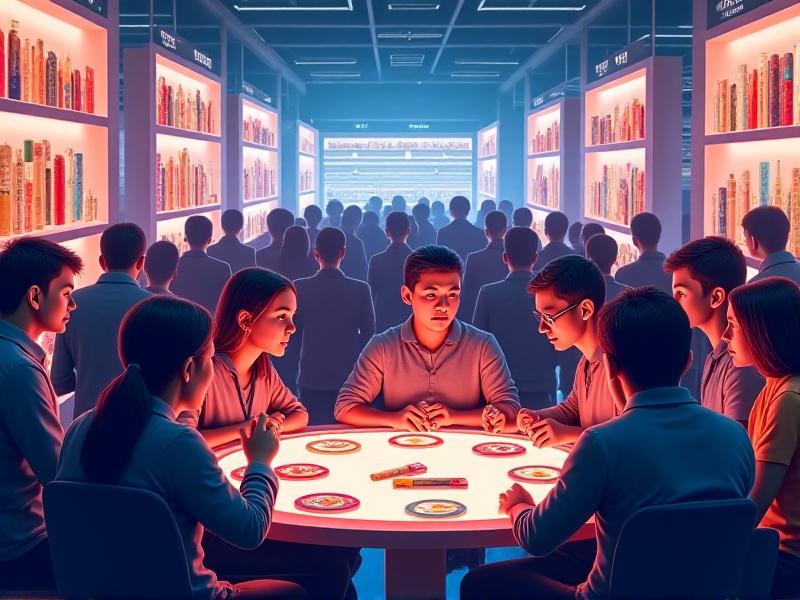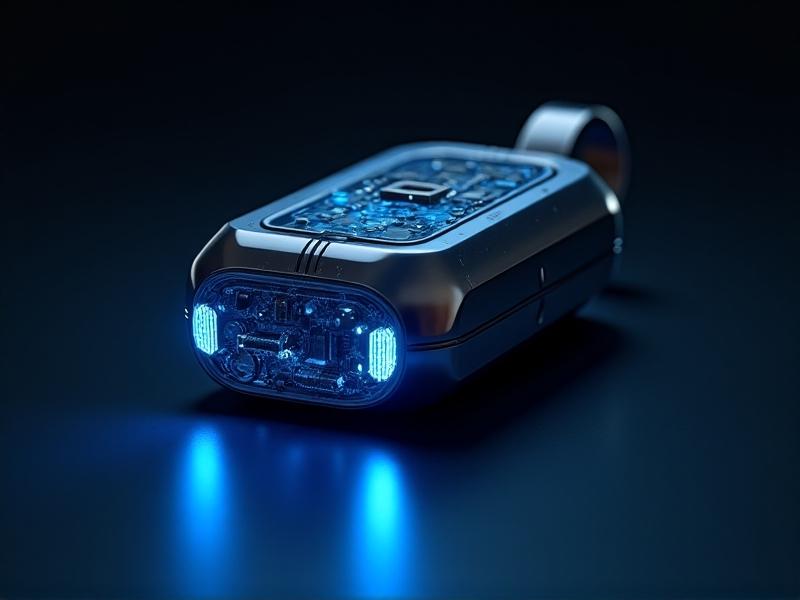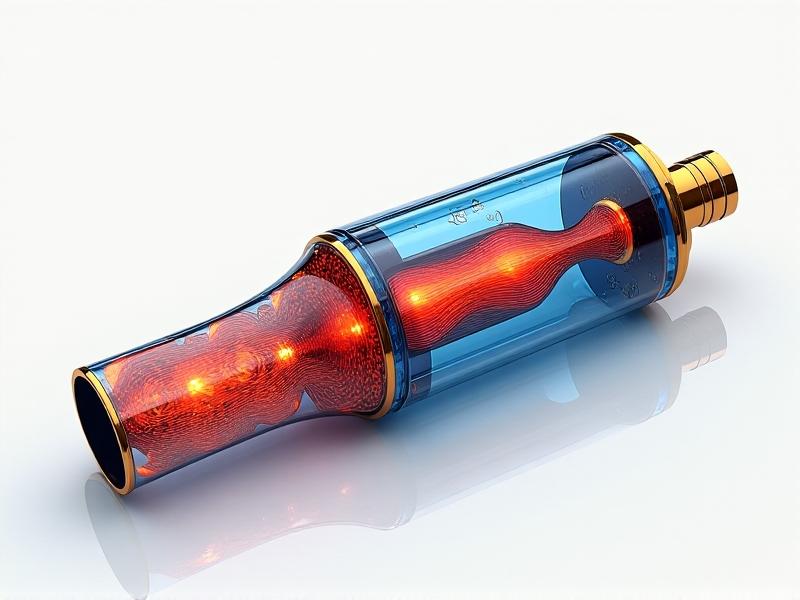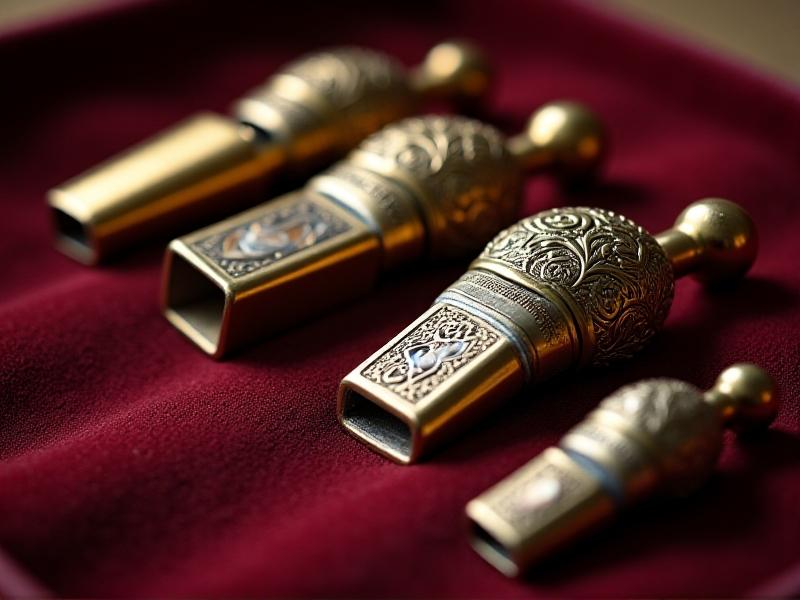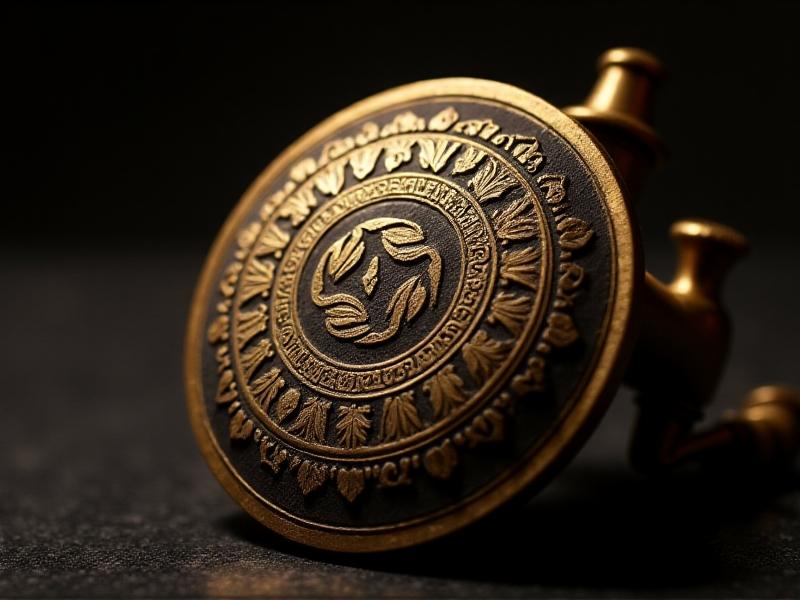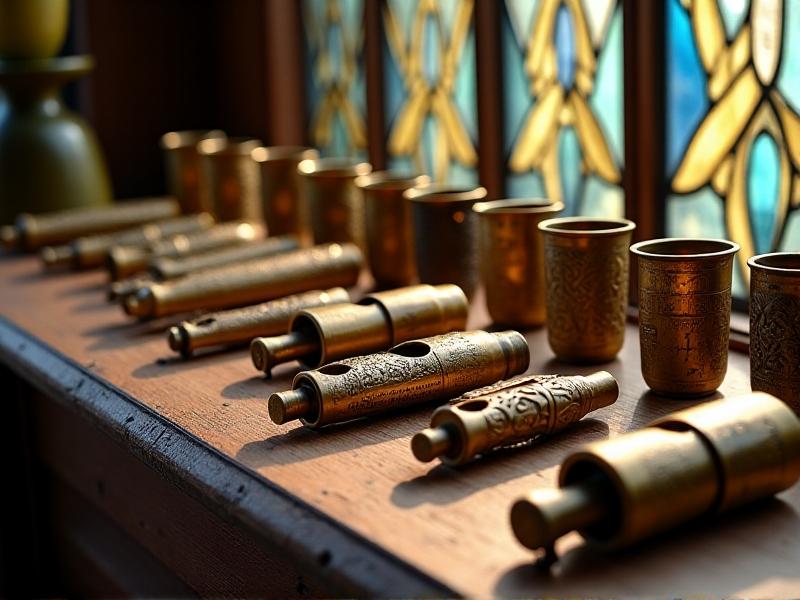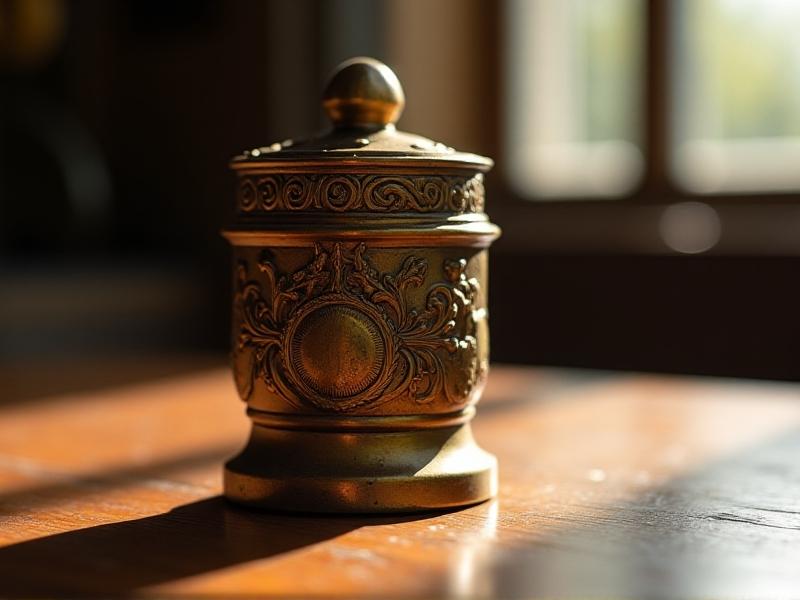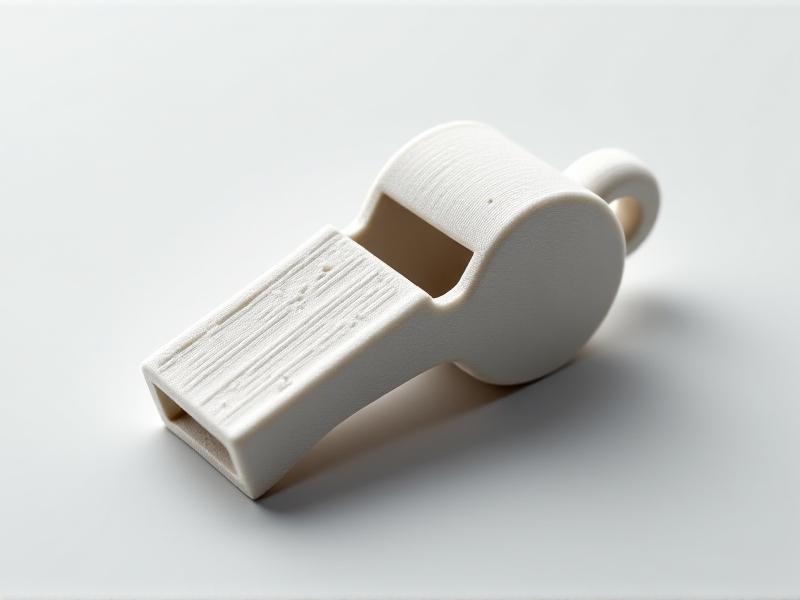Provenance Research: Authenticating 19th-Century Whistle Origins
The Importance of Provenance Research in Authenticating 19th-Century Whistles
Provenance research is a critical tool in the authentication of historical artifacts, particularly for items like 19th-century whistles. These small, often overlooked objects carry significant historical and cultural value, making their authentication essential for collectors, historians, and museums. Provenance research involves tracing the ownership history of an object, examining documentation, and analyzing physical characteristics to verify its authenticity. For 19th-century whistles, this process can reveal fascinating stories about their origins, uses, and the societies that produced them. Understanding the need of provenance study helps us to value the workmanship and historical background of these items more.

Historical Context: The Role of Whistles in the 19th Century
Whistles played a significant role in 19th-century society, serving various practical and symbolic purposes. They were used by law enforcement, military personnel, railway workers, and even sports referees. The design and materials of these whistles often reflected their intended use, with brass being a common material due to its durability and acoustic properties. Understanding the historical context of 19th-century whistles is essential for provenance research, as it helps identify the specific era, region, and purpose of a whistle. This knowledge can also shed light on the social and technological advancements of the time, providing a richer understanding of the artifact's significance.

Methods of Provenance Research for 19th-Century Whistles
Provenance research for 19th-century whistles involves a combination of archival investigation, material analysis, and expert consultation. Archival records, such as catalogs, advertisements, and personal correspondence, can provide valuable insights into the production and distribution of whistles. Material analysis, including metallurgical testing and examination of manufacturing techniques, helps verify the age and authenticity of the artifact. Consulting with experts in historical artifacts and whistle manufacturing can further enhance the accuracy of the research. By employing these methods, researchers can piece together the history of a whistle and confirm its provenance with confidence.
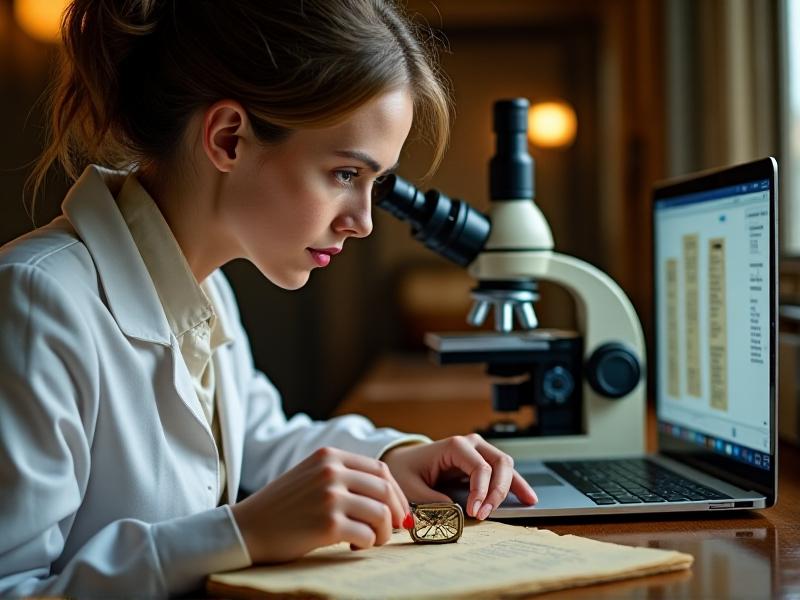
Challenges in Authenticating 19th-Century Whistles
Authenticating 19th-century whistles presents several challenges, including the prevalence of reproductions and the scarcity of original documentation. Many whistles from this era were mass-produced, making it difficult to distinguish between authentic pieces and later replicas. Additionally, the passage of time can lead to the loss or deterioration of records, complicating the tracing of an object's history. To overcome these challenges, researchers must rely on a combination of physical evidence, historical knowledge, and advanced analytical techniques. Despite these obstacles, the pursuit of authenticity remains a rewarding endeavor, offering a deeper connection to the past.
Case Studies: Provenance Research in Action
Studying case studies of provenance investigation for 19th-century whistles offers insightful analysis of the method and its results. One notable example involves a brass whistle believed to have been used by a 19th-century railway conductor. Through archival research, material analysis, and expert consultation, the whistle's provenance was traced back to a specific railway company and time period. Another case study focuses on a military whistle used during the American Civil War, where detailed engravings and historical records helped confirm its authenticity. These case studies demonstrate the importance of thorough research and the fascinating stories that can emerge from the process.
The Future of Provenance Research for Historical Artifacts
As technology advances, the field of provenance research is poised to benefit from new tools and techniques. Digital databases, 3D scanning, and artificial intelligence are revolutionizing the way researchers analyze and document historical artifacts. For 19th-century whistles, these innovations can enhance the accuracy and efficiency of provenance research, making it easier to authenticate and preserve these valuable objects. Additionally, increased collaboration between researchers, collectors, and institutions can lead to a more comprehensive understanding of historical artifacts. The future of provenance research holds great promise, ensuring that the stories of 19th-century whistles and other artifacts continue to be told for generations to come.
